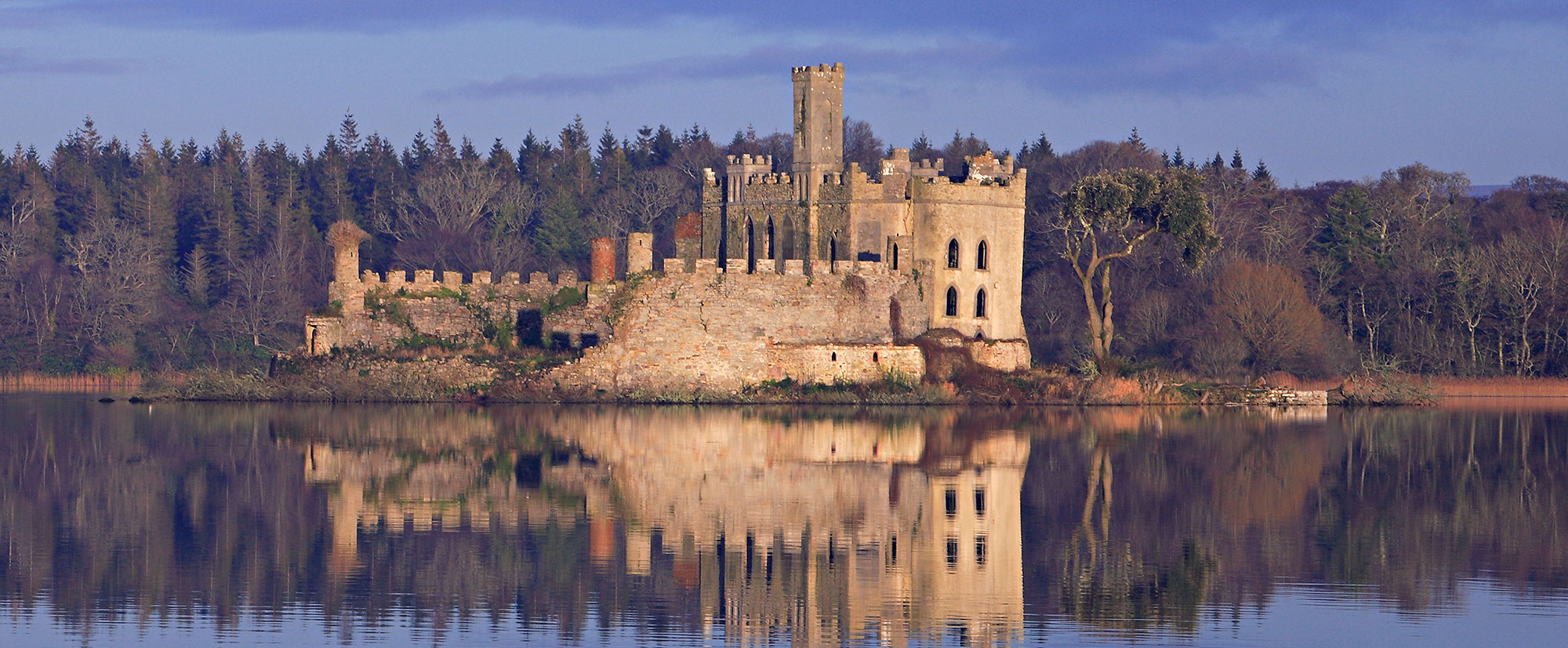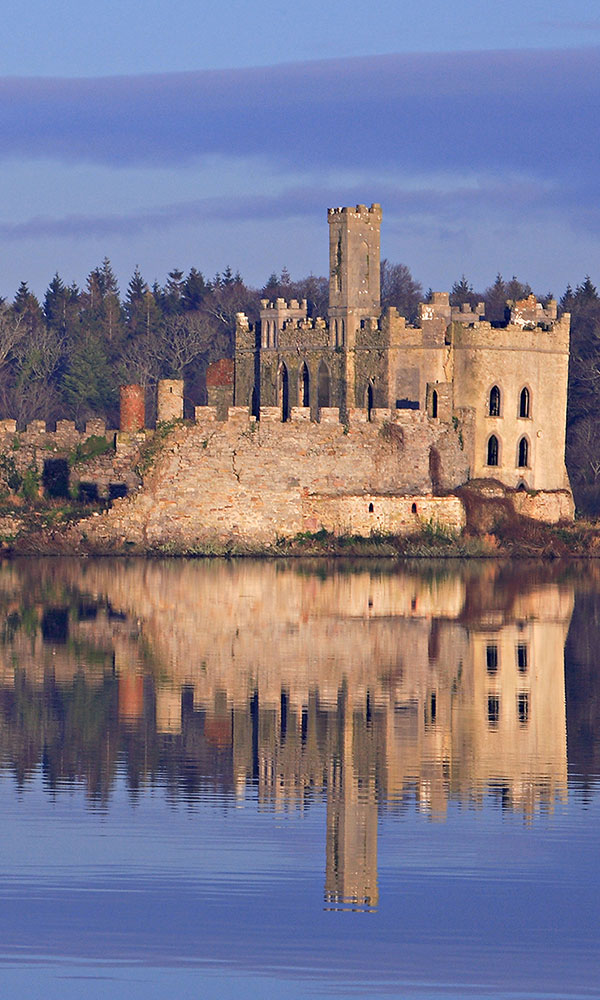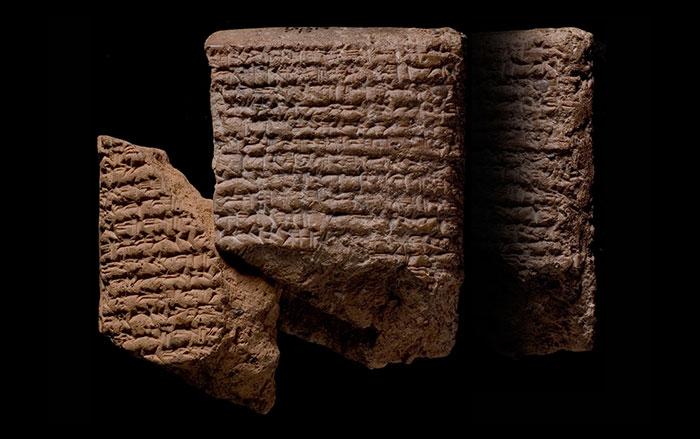
QUINTANA ROO, MEXICO—According to a Mexico News Daily report, researchers from Mexico’s National Institute of Anthropology and History (INAH) have found traces of a Maya village dating to A.D. 1200 near the Caribbean coast in the eastern Yucatán Peninsula. Archaeologist Fernando Cortés de Brasdefer said the site is the first settlement to be found in the southern region that dates to the period after the political collapse and abandonment of Classic period Maya cities. In addition to the remains of some 80 structures, which were made of adobe, wood, and guano palms on limestone platforms, INAH archaeologists have identified wells and water storage receptacles. The village residents are thought to have been farmers who supplemented their diet with fish, Cortés explained, and their proximity to the sea would have allowed them to trade with other coastal towns. However, the team members have not unearthed any evidence of palaces or ritual structures, nor have they recovered any pottery, stone tools, or bones from the site. Cortés thinks the town may have only been inhabited for a short period of time. To read about Maya ritual objects recovered from a cave at Chichen Itza, go to "Maya Subterranean World," one of ARCHAEOLOGY's Top 10 Discoveries of 2019.











